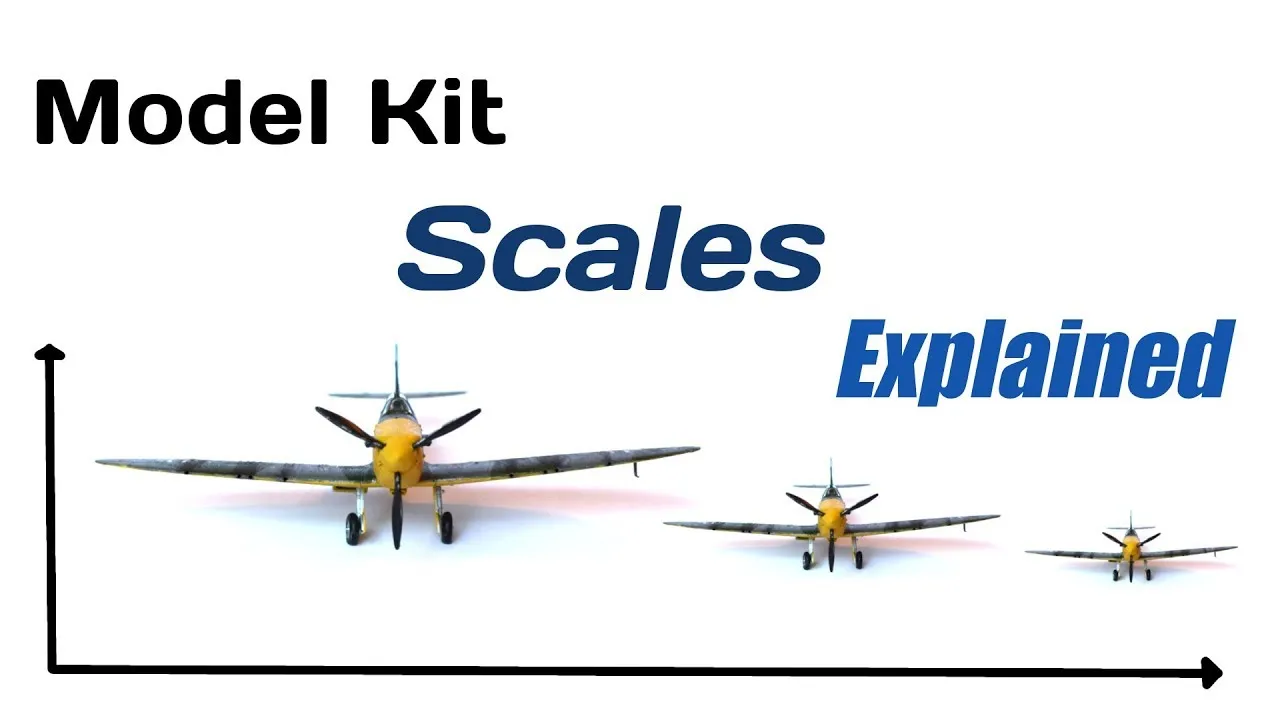Diecast Models Top 5 Scale Sizes You Need to Know
Diecast models have captivated enthusiasts for generations, offering a tangible connection to automotive history and a rewarding hobby. The world of diecast models is diverse, with a myriad of scales, designs, and manufacturers vying for the attention of collectors. Understanding the various scale sizes is paramount for anyone looking to delve into this fascinating hobby. The scale size determines the model’s proportion to the original vehicle and significantly influences its detail, price, and the space it occupies. This guide will explore the top 5 diecast model scale sizes, providing insights into their features, popularity, and the benefits they offer to collectors of all levels. Whether you’re a seasoned collector or a newcomer, this guide will help you navigate the world of diecast models and choose the scale that best suits your preferences and collecting goals.
What are Diecast Models
Diecast models are miniature replicas of real-world vehicles, typically crafted from die-cast metal, which involves injecting molten metal (usually zinc alloy) into molds. This process allows for intricate detailing and robust construction. These models range from cars and trucks to planes and motorcycles, capturing the essence of the original vehicles with remarkable precision. Diecast models serve as collectibles, display pieces, and sometimes even educational tools, helping enthusiasts appreciate the design and engineering of various vehicles. They are not just toys; they are miniature works of art that can be enjoyed by people of all ages. The detail, paintwork, and overall quality can vary widely, contributing to the diverse price range of these models. From the classic charm of vintage cars to the sleek lines of modern supercars, the diecast model world offers a captivating universe for collectors.
The History of Diecast Models
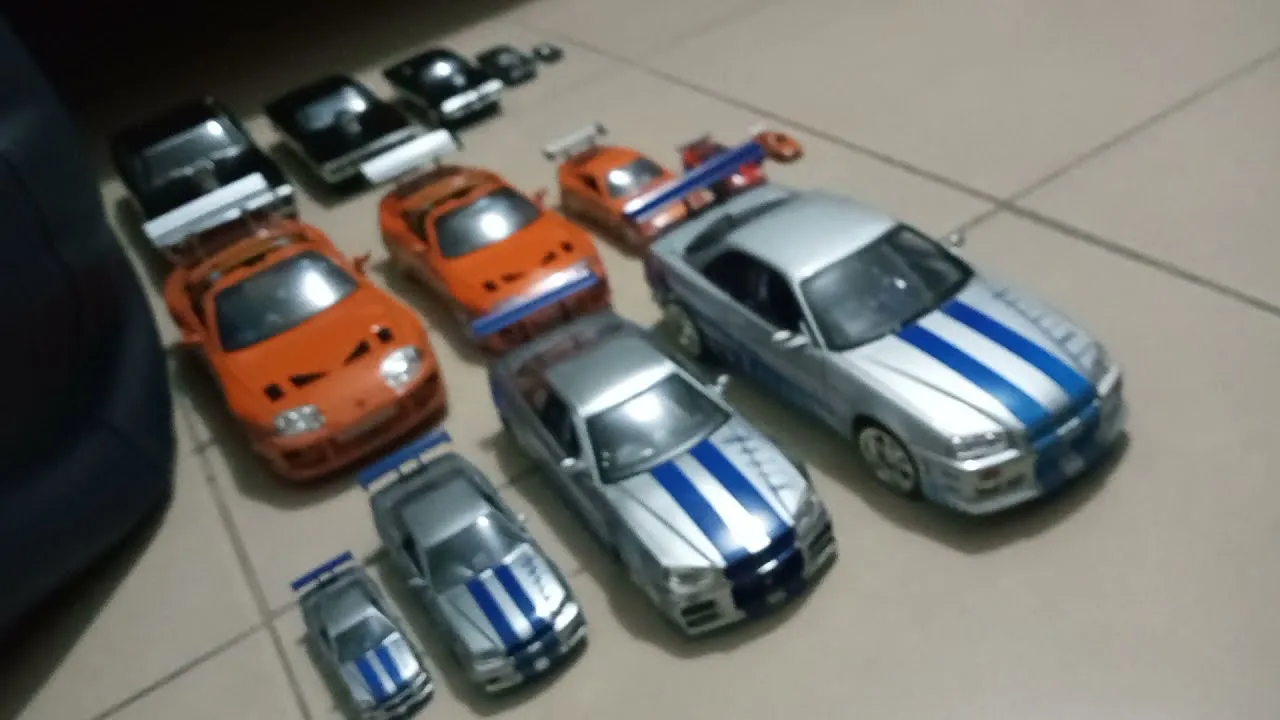
The history of diecast models dates back to the early 20th century, with the first models appearing as promotional items and toys. Initially, these models were relatively simple, but as manufacturing techniques advanced, so did the detail and accuracy. The post-World War II era saw a surge in the popularity of diecast models, as manufacturers began producing more sophisticated and detailed replicas. Companies like Dinky Toys and Corgi Toys became household names, and their models were highly sought after by children and collectors. Over the decades, the quality of diecast models has improved dramatically, with modern models featuring intricate interiors, realistic paint finishes, and detailed engine components. The evolution of diecast models mirrors the evolution of the automotive industry itself, with each new model reflecting the advancements in design and technology of the full-size vehicles they represent. Today, diecast models are more popular than ever, with a vibrant community of collectors and enthusiasts around the world.
Why Collect Diecast Models
Collecting diecast models offers a plethora of benefits, extending beyond the mere accumulation of miniature vehicles. For many, it’s a nostalgic journey back to their childhood or a way to celebrate their passion for cars. Diecast models allow enthusiasts to own and admire a diverse range of vehicles, including those that are rare, expensive, or historically significant. Collecting can also be a social activity, connecting individuals with like-minded enthusiasts through clubs, online forums, and model shows. The investment potential is another appealing aspect, as some rare or limited-edition models can appreciate in value over time. Furthermore, the meticulous detail and craftsmanship of diecast models can be a source of aesthetic pleasure, providing a sense of accomplishment as collections grow. Ultimately, collecting diecast models is about personal enjoyment, a connection to history, and the thrill of the hunt for the perfect miniature replica.
The Importance of Scale Sizes
The scale size is a fundamental aspect of any diecast model, dictating the proportion of the miniature replica to the original vehicle. The scale is represented as a ratio, such as 1:18, where the model is 1/18th the size of the actual car. This ratio impacts the level of detail, the overall size of the model, and its price. Choosing the right scale size is critical for collectors, as it affects display space, budget considerations, and personal preferences. Different scales cater to different collector needs; some prefer large-scale models with intricate details, while others prefer smaller, more affordable options. The scale also influences the availability of models, with some scales offering a wider variety of vehicles than others. Understanding scale sizes allows collectors to make informed decisions, ensuring their collections align with their collecting goals. From the grand scale of 1:12 models to the compact nature of 1:64, the scale size is the cornerstone of the diecast model experience.
Scale Sizes and Their Meaning
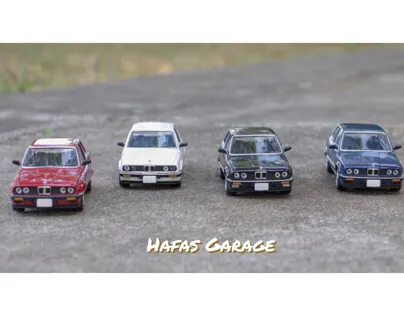
Each scale size in the diecast model world represents a specific ratio that determines how the miniature vehicle compares to its real-world counterpart. For example, a 1:18 scale model is 1/18th the size of the original car, while a 1:64 scale model is significantly smaller, at 1/64th the size. This means that the 1:18 scale models will generally have more detailed features and a larger physical presence than their 1:64 scale counterparts. The scale also affects the level of detail that can be incorporated into the model. Larger scale models tend to have more intricate features, such as working doors, detailed interiors, and realistic engine compartments. Smaller scale models, while often more affordable and easier to display, may sacrifice some of these detailed features for the sake of affordability and compactness. The scale size is, therefore, a crucial consideration for collectors when building and curating their collections.
1:18 Scale
The 1:18 scale is one of the most popular choices among diecast model collectors. This scale offers a great balance between detail and size, allowing manufacturers to incorporate intricate features while still maintaining a manageable display size. 1:18 scale models are typically around 10 inches long, making them visually impressive and easy to appreciate. The larger size also allows for more detailed features, such as opening doors, hoods, and trunks, as well as detailed engine compartments and realistic interiors. These models are highly sought after by collectors who appreciate the craftsmanship and realism. The 1:18 scale is ideal for showcasing individual models and creating dynamic displays, making it a favorite for both casual enthusiasts and serious collectors. The level of detail often extends to the paint finishes, which can replicate the original car’s colors and textures, further enhancing the model’s realism and appeal.
Features of 1:18 Scale Models
1:18 scale models are known for their impressive level of detail, which is a major draw for collectors. These models often include working features such as opening doors, hoods, and trunks, allowing for a closer look at the engine, interior, and other intricate components. The interiors are typically highly detailed, with realistic seats, dashboards, steering wheels, and even seatbelts. Engine compartments are meticulously recreated, with accurately represented engines, wiring, and other mechanical details. The paint finishes are often of exceptional quality, replicating the colors and textures of the original vehicles with precision. Furthermore, many 1:18 scale models come with additional features such as steerable wheels, suspension systems, and removable parts. The overall result is a stunningly realistic miniature replica that captures the essence of the original vehicle. These features contribute to the premium feel and collectibility of 1:18 scale models.
Ideal for Collectors

The 1:18 scale is particularly well-suited for serious collectors and enthusiasts who want to display their models prominently. The larger size allows for a detailed examination of each model, and the intricate features provide a satisfying collecting experience. Collectors often use display cases to protect and showcase their 1:18 scale models, creating a visually stunning and organized collection. The availability of a wide range of vehicles in this scale, from classic cars to modern supercars, allows collectors to build diverse and personalized collections. The investment potential of some 1:18 scale models is also a consideration, as limited-edition and rare models can increase in value over time. For those passionate about detail and realism, the 1:18 scale offers the perfect combination of size, features, and collectibility, making it a cornerstone of many diecast model collections. These models allow collectors to appreciate the craftsmanship and artistry that goes into creating miniature replicas of iconic vehicles.
1:24 Scale
The 1:24 scale is another popular choice, offering a good balance between detail and affordability. These models are smaller than 1:18 scale, making them more space-efficient for collectors. 1:24 scale models still provide a decent level of detail, with features such as opening doors and detailed interiors, but they are generally less expensive than their larger counterparts. This scale is ideal for those who are new to collecting or those who have limited display space. The smaller size makes them easy to display on shelves or desks without taking up too much room. They are also generally more affordable, making it possible to build a larger and more diverse collection without breaking the bank. 1:24 scale diecast models are a great starting point for many collectors.
Features of 1:24 Scale Models
1:24 scale models offer a good level of detail for their size, often including features such as opening doors, hoods, and trunks. The interiors are typically well-detailed, with realistic seats, dashboards, and other features. While the engine compartments may not be as intricate as those found in 1:18 scale models, they still offer a reasonable level of detail. The paint finishes are generally of good quality, capturing the colors and textures of the original vehicles. Some 1:24 scale models also include features such as steerable wheels and detailed undercarriages. The overall result is a well-crafted miniature replica that provides a satisfying collecting experience at a more accessible price point. These models offer a great entry point for new collectors.
Popularity and Availability

The 1:24 scale is widely available and popular, with a vast selection of models from various manufacturers. This scale is often found in toy stores, hobby shops, and online retailers, making it easy to find models to add to your collection. The popularity of the 1:24 scale means there’s a wide range of vehicles available, including classic cars, modern sports cars, trucks, and even some off-road vehicles. The abundance of choices allows collectors to focus on specific genres or build a collection of diverse vehicles. Furthermore, the competitive market often leads to reasonable pricing, making it easier to acquire models and build a substantial collection. This accessibility and affordability make 1:24 scale a favorite among collectors.
1:43 Scale
The 1:43 scale is a popular choice for collectors due to its compact size and wide availability. These models are smaller than 1:24 and 1:18 scale, making them ideal for collectors with limited display space. 1:43 scale models are typically around 4-5 inches long, allowing for a significant number of models to be displayed in a relatively small area. The scale is also often associated with specific brands or model types, such as race cars or classic European vehicles. 1:43 scale is an excellent option for those looking to build a large and diverse collection without dedicating a lot of display space.
Features of 1:43 Scale Models
Despite their smaller size, 1:43 scale models still offer impressive detail. While features like opening doors may be less common, the models often feature detailed paint finishes, accurate body lines, and finely rendered details. The interiors are usually well-represented, with detailed seats, dashboards, and steering wheels. Engine compartments are typically simplified, but the overall impression is of a carefully crafted miniature replica. Many 1:43 scale models are made from high-quality materials, such as die-cast metal, and feature realistic detailing. The size makes them easy to display on shelves, desks, or in display cases, allowing collectors to build extensive collections without needing a lot of room. The attention to detail and historical significance of some models make them a great addition to any collection.
Wide Variety of Models
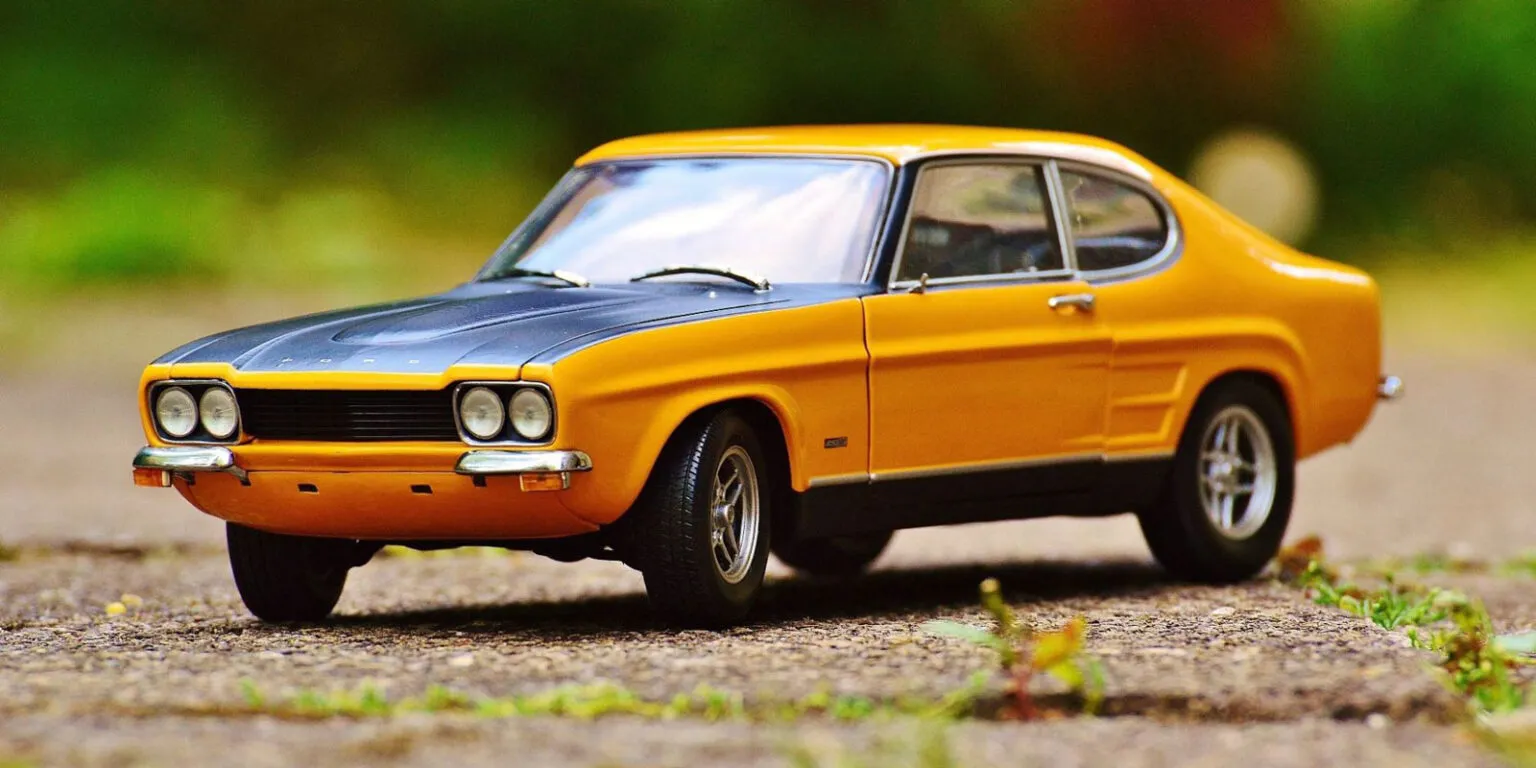
The 1:43 scale boasts an extensive selection of models, including classic cars, modern vehicles, race cars, and commercial vehicles. This wide variety allows collectors to specialize in particular types of vehicles or to build a diverse collection that reflects their interests. The availability of models from various manufacturers and historical periods makes 1:43 scale a favorite among collectors. Many specialized manufacturers focus on this scale, producing models of obscure or historically significant vehicles that may not be available in larger scales. Whether you’re interested in vintage automobiles, modern supercars, or historic race cars, the 1:43 scale has something to offer. The range of options allows collectors to create highly personalized collections, celebrating their passion for automobiles and history.
1:64 Scale
The 1:64 scale is arguably the most popular scale for diecast models, largely due to its affordability and collectibility. These models are typically small enough to fit in your pocket, making them incredibly accessible and easy to store. The scale is commonly used for toy cars, such as those from Hot Wheels and Matchbox, and is often the entry point for many collectors. The compact size allows for a vast number of models to be acquired and displayed, making it a favorite for those who like to build large collections. The affordability of 1:64 scale models also allows for extensive collecting without a significant financial investment. This scale offers a gateway to the world of diecast collecting.
Features of 1:64 Scale Models
Despite their small size, 1:64 scale models can still feature remarkable detail. Modern manufacturing techniques allow for intricate designs, realistic paint finishes, and finely detailed features. While opening doors and detailed interiors may be limited, the models often capture the essence of the original vehicles. The focus is more on the overall design and accurate representation rather than detailed functionality. 1:64 scale models are known for their diversity, with models representing a wide range of vehicles, from classic cars and trucks to modern sports cars and even emergency vehicles. The variety of models available in this scale ensures that there’s something for every collector, regardless of their specific interests. The portability and affordability of 1:64 scale models make them extremely popular.
Affordability and Collectibility
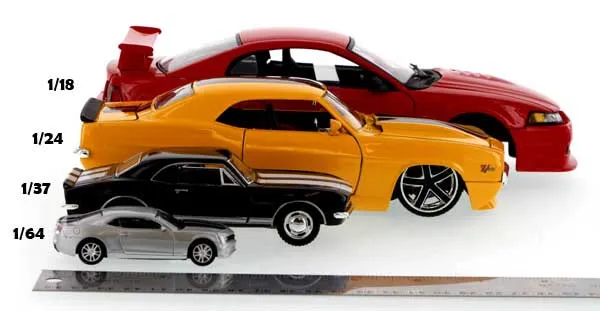
The affordability of 1:64 scale models makes them highly accessible to collectors of all ages and budgets. The low price point allows enthusiasts to acquire a large number of models without spending a fortune. The collectibility of 1:64 scale models is also a significant draw. The sheer number of models available, combined with the constant introduction of new releases, encourages collectors to build extensive and diverse collections. Limited-edition models, special releases, and variations in paint schemes further enhance the collectibility. The 1:64 scale is a fun and engaging hobby that can be enjoyed by anyone. The ease of collecting and the wide variety of available models make it a popular choice for both beginners and experienced collectors. These models often hold sentimental value, especially when collected over many years.
1:12 Scale
The 1:12 scale represents the pinnacle of detail and craftsmanship in diecast models. These models are significantly larger than the other scales, often measuring over a foot long. This allows for incredible detail and a highly realistic representation of the original vehicles. 1:12 scale models are generally more expensive due to the level of detail, complexity, and the materials used. They are often considered premium collectibles, aimed at serious enthusiasts who appreciate the finest details. These models are less common than other scales, but their exquisite detail and impressive size make them a sought-after addition to any high-end collection.
Features of 1:12 Scale Models
1:12 scale models are renowned for their exceptional detail, which often includes a fully detailed engine, realistic interior, and opening features such as doors, hoods, and trunks. The level of detail extends to the smallest components, such as individual wiring, hoses, and suspension parts. The paint finishes are often of museum quality, with flawless application and realistic textures. Many 1:12 scale models include functional elements such as steerable wheels, working suspension, and even operational lights. The quality of these models is unmatched, making them highly desirable for serious collectors. The craftsmanship and attention to detail make these models feel like mini-replicas of the real vehicle. Every aspect of the model is meticulously recreated, from the interior stitching to the intricate engine components.
Detailed and High-End
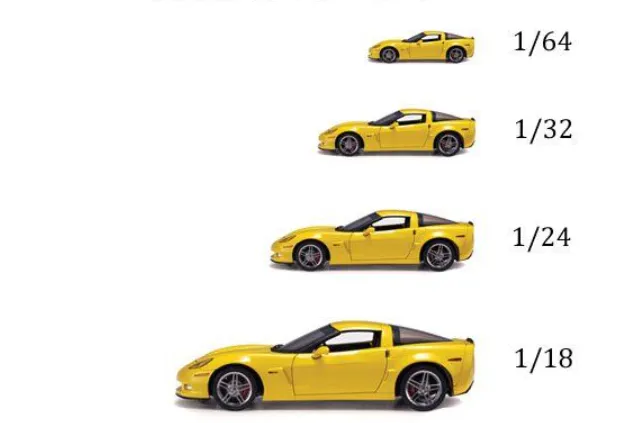
1:12 scale models are considered high-end collectibles and are often displayed as showpieces. The combination of size and detail makes them a stunning addition to any collection. Collectors who appreciate the finer things in life are often drawn to these models. The premium quality, along with the limited production runs, often adds to their investment potential. These models are not just toys; they are miniature works of art that showcase the dedication and skill of the model manufacturers. The level of detail allows for close inspection, providing hours of enjoyment for collectors who appreciate the engineering and design of the original vehicles. For those who want the ultimate in detail and realism, the 1:12 scale is the ultimate choice.
How to Choose the Right Scale
Choosing the right scale for your diecast model collection involves considering several factors, including space, budget, and personal preferences. It’s essential to assess the amount of space you have available for displaying your models. Larger scales, such as 1:12 and 1:18, require more room than smaller scales, like 1:43 and 1:64. Your budget is another critical consideration. Larger-scale models tend to be more expensive due to the increased detail and complexity. Start with a scale that fits your budget and expand your collection over time. Personal preferences play a significant role; some collectors prioritize detail, while others focus on the variety and affordability of their collection. It’s also possible to collect in multiple scales, allowing you to build a diverse collection and enjoy the different aspects of each scale. Consider your priorities when deciding on a scale.
Factors to Consider
Several factors influence the decision-making process when choosing the right diecast model scale. Space is a crucial consideration; the available display space determines the size and number of models you can accommodate. If you have limited space, a smaller scale like 1:43 or 1:64 might be ideal. Your budget plays a significant role, as larger scales and models with more intricate details often come with a higher price tag. It’s best to set a budget and select a scale that aligns with it. Personal preferences are also key; consider what you value most in a diecast model. Do you prefer detailed models or a wider selection? If you enjoy intricate details, then consider larger scales. Availability is another factor; certain vehicles may be more readily available in specific scales. Researching the range of models available in each scale can help you decide which scale aligns with your collecting interests.
Collection Space
The amount of space available for displaying your collection is a crucial factor in choosing the right diecast model scale. Larger scales, such as 1:12 and 1:18, require more room due to their size, making them ideal for enthusiasts with ample display space, like dedicated rooms or display cases. Smaller scales, such as 1:43 and 1:64, are much more space-efficient. They are well-suited for collectors with limited space, like those with shelves, desks, or smaller display cabinets. The space you have available will significantly impact the scale you can collect. If you are limited on space, you may want to focus on smaller scales, allowing you to build a larger and more diverse collection without overwhelming your living or display areas. Consider your available space when making your decision, and select the scale that allows you to showcase your collection in the best possible way.
Budget Considerations
Your budget is a vital aspect of deciding on the right diecast model scale. Larger scale models, which typically feature more detail and advanced features, often come with a higher price tag. The price can vary significantly depending on the manufacturer, the level of detail, and any special features. Smaller scale models, particularly those in the 1:64 scale, are generally more affordable, making them an accessible option for collectors with limited funds. Setting a budget can help you determine which scales are within your financial reach. You can start by researching the average price of models in different scales and identifying those that fit your budget. Consider not only the initial cost but also the long-term expense of building a collection. Balancing your passion for collecting with your budget will allow you to enjoy your hobby without overspending. Start where your budget allows and expand your collection over time.
Personal Preference
Personal preference is paramount when selecting the right diecast model scale. Consider what aspects of diecast models appeal most to you. Do you value intricate details and realism, or do you prefer a vast and diverse collection? If you prioritize detail, larger scales like 1:12 and 1:18 may be the best fit. For those interested in a wider range of models, the 1:43 or 1:64 scales offer more options. Think about the types of vehicles you want to collect, whether classic cars, modern sports cars, or trucks. Some scales may offer a greater variety of specific types of vehicles, so it’s important to research the availability in each scale. Consider the display space you have available and the budget you’re comfortable with. Ultimately, the best scale is the one that you find most enjoyable and that allows you to build a collection you are proud of. Your personal preference will guide you towards the scale that brings you the most satisfaction.
Conclusion
Choosing the right diecast model scale is an exciting part of starting or expanding your collection. The top 5 scales — 1:18, 1:24, 1:43, 1:64, and 1:12 — each offer unique advantages and cater to different collector preferences. From the impressive detail of 1:18 to the affordability and portability of 1:64, there’s a scale for every collector. By considering factors such as space, budget, and personal preferences, you can select the scale that best suits your needs and collecting goals. Remember that collecting diecast models should be an enjoyable experience. Whether you are drawn to the high-end detail of the 1:12 scale or the vast selection of 1:64, focus on the scale that allows you to celebrate your passion for cars and collecting. Take your time, do your research, and enjoy the journey of building your diecast model collection.
